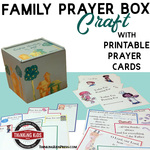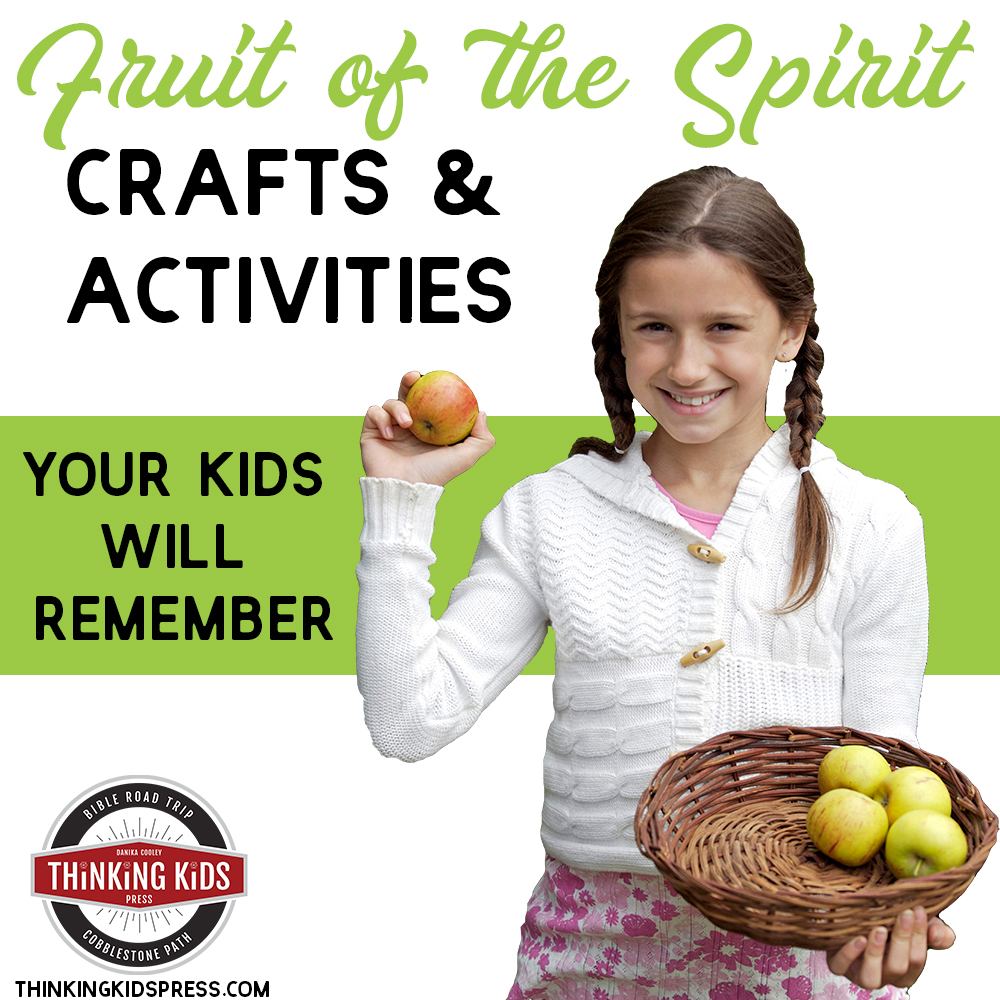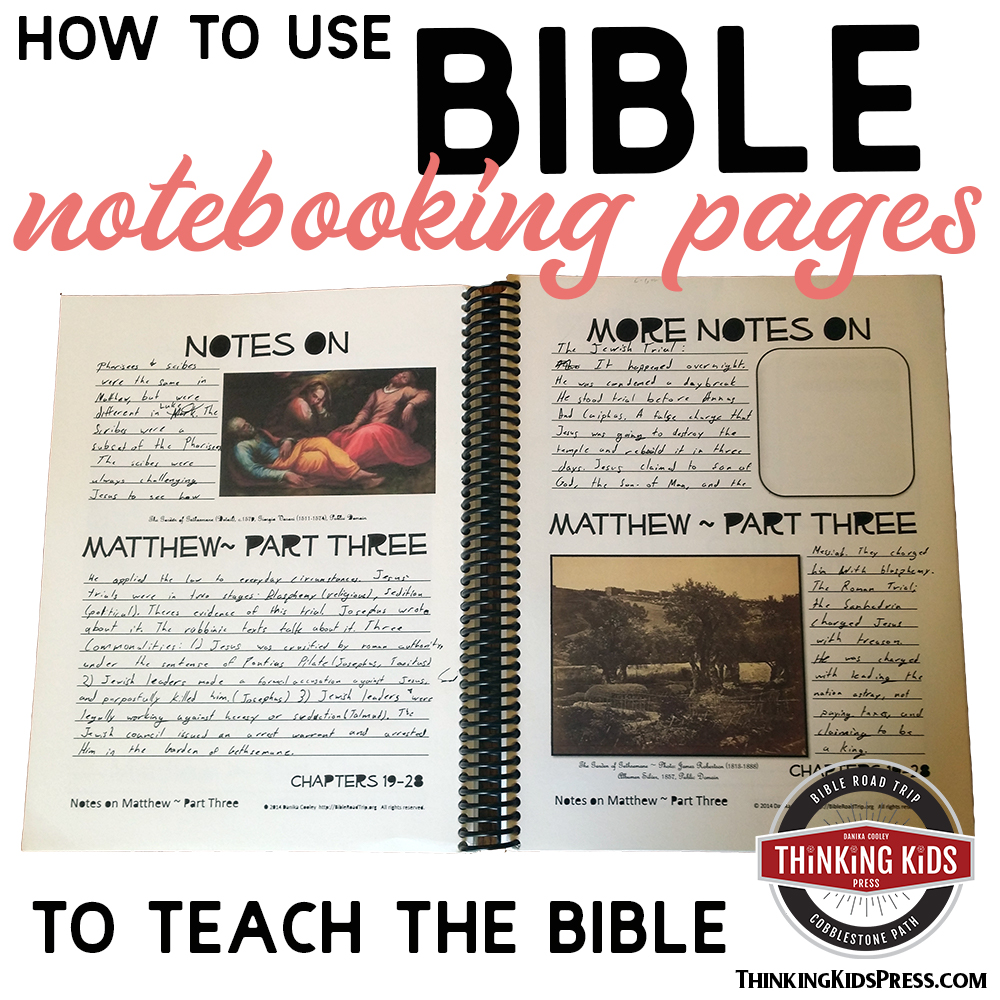
You don’t have any flour or eggs, but you find some cereal you can pulverize, and you’re certain if you add enough molasses the cookies will hold together. Who needs eggs? You don’t have any chocolate chips or raisins, so you throw in some black beans and a few olives. The one thing you do have is frosting and sprinkles. Your cookies might not really taste conventional, but they’ll look great!
Homeschool Resource and Curriculum Planning
Let’s face it, cookies baked in the way I just described would be a disaster, right? I think the same is true when it comes to our homeschools. If we are completely haphazard about our homeschool learning objectives, or about the homeschool resources and curriculum we use, we may not end up with the fabulous results we’re hoping for.
Isn’t your child’s education worth planning for?
Even with a delight directed homeschool approach, parents must do some homeschool resource planning in order to implement that homeschool technique successfully.
1) Choose Your Homeschool Subjects
Before you choose your homeschool curriculum or make a list of homeschool resources to utilize, you’ll want to decide which homeschool subjects you’ll study with each child. You may not study each subject every year with each of your children. Deciding what subjects to study will help you focus as you plan your curriculum and resources.
Here are a few lists of subjects you’ll want to consider:
Primary Homeschool Subjects
- Bible
- Christian History
- Character
- Theology
- History
- Science
- Math
- Current Events
- Physical Education
Language Arts Disciplines
- Handwriting
- Vocabulary
- Reading
- Grammar
- Spelling
- Literature
- Research
- Prewriting / Notetaking
- Writing
Elective Subjects
- Music
- Art
- Foreign Language
- Art History
- Typing
- Computer Science / Coding
- Economics / Personal Finance
- Life Skills
Plan your homeschool objectives, your subjects and curriculum, and your weekly and daily schedules with the My Homeschool Planning Journal.
If you use Thinking Kids Press’ My Homeschool Planning Journal, you’ll find three pages of Subjects to Study.
Again, you will not need every subject to be planned for every child! In fact, for younger children, many of these subjects won’t be studied at all.
In the subjects you do choose to study, write your child’s name and possible resources or brief plans for that subject. These pages are just to note the general plan of study for the year.
For instance:
- In the Bible bubble, I will write “Bible Road Trip™.“
- In Christian History, I’ll write “Cobblestone Path.”
- And for Current Events, I will write “Watch CNN Student News and discuss ~ Monday through Friday.” I might even add “15 minutes” to that bubble to remind myself that the daily newscast is 10 minutes long and I need to leave time for a 5 minute discussion.
2) Plan Your Homeschool Curriculum for Each Student
Not every subject you plan to study will need a formal curriculum. You might choose to study art by finding fun, age appropriate project on Pinterest. But you’ll want to have curriculum for most of your subjects, particularly as your children get older.
Start your homeschool curriculum planning by making a list of your curriculum options. Be sure to include the following information in your list:
- The subject
- Curriculum options you’re considering
- Pros and cons of each curriculum
- The price and location of the curriculum
- Whether you’ve obtained the curriculum or not
In the My Homeschool Planning Journal, you’ll find enough curriculum planning lists for four students, but you can always print more or less according to your needs.
3) Create a Homeschool Resource and Supplies List
As a literature-based homeschool, this list is essential to my planning. It’s really important to keep track of the supplies we need for projects and labs we’ve scheduled for art and science as well.
You’ll want your homeschool resource list to contain the following information:
- Resource title
- Author
- Week(s) used (This is so important. You’ll want to know when you need the resource!)
- Price and location of the resource
- Whether you’ve obtained the resource or not
You supply list should contain these columns:
- Supply
- The subject the supply is needed for
- Week(s) used (This is so important. You’ll want to know when you need the supply!)
- Price and location of the supply
- Whether you’ve obtained the supply or not
![Homeschool Curriculum Planner [In Three Designs]](jpg/subjects-sq.jpg)
With a little bit of planning, you can be prepared for the coming homeschool year. Not only will your preparation remove stress, your homeschool curriculum planning will help set your kids up for success.
Your child’s education is important.
You wouldn’t make cookies without the proper ingredients–don’t educate your kids without a plan for both their homeschool curriculum and for the homeschool resources you’ll use.
Books Make Great Gifts!
Teach Your Kids the Bible with Bible Road Trip™

Bible Road Trip™ is a three-year Bible survey curriculum. Take your family through the Bible five times from preschool to high school.
To help you get the most out of your studies, Bible Road Trip™ has an array of coordinating weekly activities:
- Researching the section of the Bible you’re studying
- Reading and discussing the Bible
- Memorizing Scripture
- Notebooking about your studies
- Praying for the nations
- Suggestions for further study
- Crafting about what you’ve learned
- For your older students: A project to share what they’ve learned
- Bible Road Trip™ also has some great tools you can use along with it, such as:
- Notebooking Journals for grades 1-9. Want a structured notebooking journal for high school? Don’t hesitate to use the Dialectic journal (grades 7-9).
- Bible Memory Card Sets for all five levels of study, preschool to high school. These are available in both ESV and KJV.
Grab your Bible Road Trip™ Year One Sample Pack. You’ll get:
- The Bible Road Trip™ Parent / Teacher Guide.
- The first three weeks of the curriculum for all five learning levels. Week Three is where we really dive into the Bible and begin to our systematic study. Week Three will give you a good feel for the rest of the curriculum.
- The first three weeks of the Bible Memory Card sets for all five levels, in ESV and KJV.
- The first three weeks of each of the three leveled Notebooking Journals.
Grab the Sample Pack for FREE:

Disciple your kids by taking your family through the Bible together in a meaningful way!

Bible Road Trip™ Curriculum
Take a look inside the Bible Road Trip™ curriculum! Let me show you around:
Bible Resources for Your Kids
Learn More HereLearn More HereLearn More HereLearn More HereLearn More HereLearn More Here
More Thinking Kids Posts You’ll Love

Join the newsletter

Get the Family Prayer Box Project FREE!
Teach your children to pray with this fun project that includes 7 printable sets!
































































































































































Leave a Reply